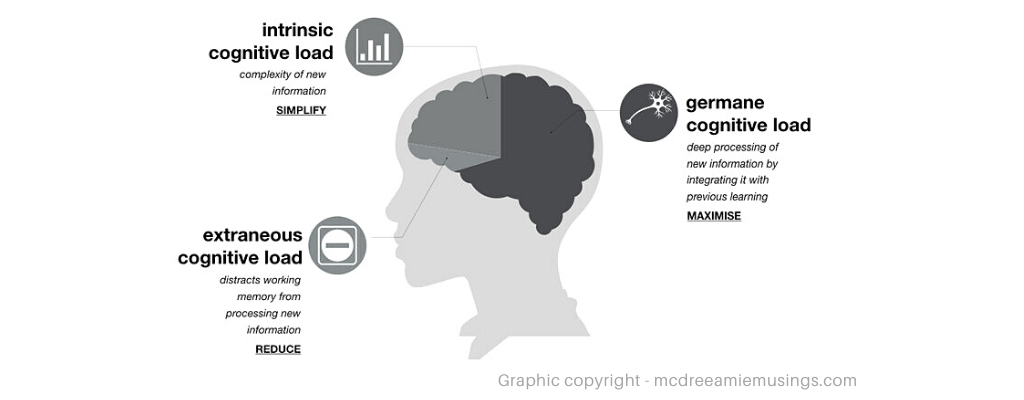
Design is not just change but positive change – which reduces cognitive load, soothes emotions, and tells the customers that this business cares for you.
Let’s take a closer look.
Good design is positive change
Positive change is change with purpose, aimed at achieving a specific goal. Like rearranging a room with the purpose of making it more usable for a much-loved and aged grandmother or rebuilding a website to make it more friendly for its users.
Good design is positive change that ushers a 360-degree transformation for a business – taking into its fold, its employees, stakeholders, customers, and its partners.

Positive change reduces cognitive load
Cognitive load relates to the amount of information that working memory can hold at one time, given its limited capacity at any point in time.
Intrinsic cognitive load: This is aimed at holding verbal or visual representations in working memory.
Extraneous cognitive load: This is the non-essential aspects of the material at hand.
Germane cognitive load: This is focused upon making sense of the presented materials including selecting, organizing and integrating different types of content like text, images and videos.

Good user interface design eliminates, or minimizes, extraneous cognitive load. This is the unnecessary processing that takes up mental resources, but doesn’t actually get users any closer to completing what they intended to do on the site. Too many images (irrelevant along with a few relevant ones) or typography flourishes that don’t convey anything special are two examples of unnecessary cognitive load and poor UI design.

Positive change soothes emotions, and tells customers this business cares for you
In the post-pandemic world, the human connection is paramount. Based on a study conducted by Deloitte in 2020, a few trends emerged.
The study indicates that regardless of all the high-tech efforts to replicate human behavior and gestures through AR/VR and artificial intelligence, the fundamental human connection – eye contact, personal touch, empathy – remains irreplaceable. The ‘Experience debt’ (lack of human connection) is what a successful brand would address.
One facet of addressing this experience debt is through design, that communicates empathy and deep customer understanding.
Trust also emerged as a significant determining factor for customers choosing, or not choosing, a brand. Especially with regard to using customer data.
Deloitte polled 4000 global consumers to better understand customers sentiment towards corporate data usage. 53% said that they would never use a company’s product if their data is sold for profit. 40% believed that none of an organizations profits should be derived from selling data.
Psychologists suggest that 80% of the decisions a person makes in a day are based on emotions.

Marketers assert that consumers are more inclined to buy based on emotions rather than logic. Happy (and loyal) customers use the language of emotions to describe their relationship with the brand, just like they would describe their relationship with a trusted friend or family.
Make no mistake, the digital era today isn’t really about technology—it’s about relationships. It’s about connections. It’s about human beings at the center of the digital universe.
All digital practitioners and organisation leaders need to remain cognisant of this. So that in the quest for digital transformation, they don’t end up losing the human touch from their digital outreach.
And it is design that can help them retain or weave the valuable human connect in their digital presence. In the end, it is, therefore, imperative that every digital transformation journey is led by a robust design transformation roadmap.
Published on 29 December 2021.
